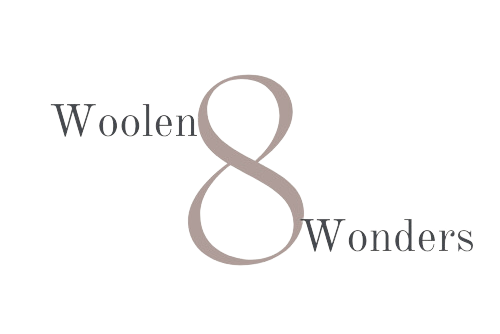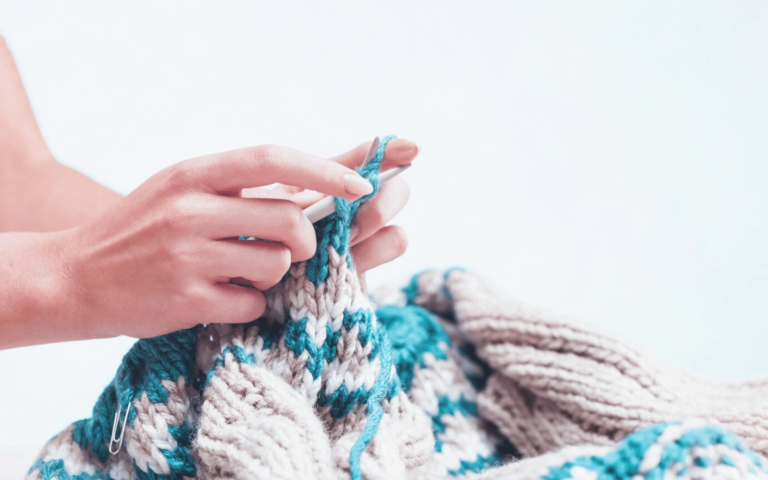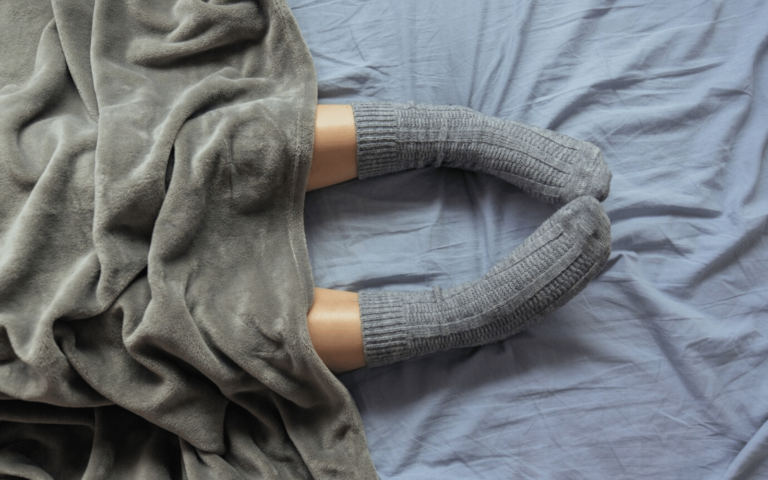Intergenerational Knitting Workshops with Inuit Grandmothers
In Greenland, a special project is connecting generations through knitting. The “Kinguaariit Inuunerissut” (KI) camps unite Inuit grandmothers with the young. They share their wisdom and keep cultural traditions alive.
This project shows how traditional Inuit crafts boost cultural identity. Young people learn important skills in knitting classes. They also grow closer to their heritage.
Key Takeaways
- Cultural exchange between Inuit grandmothers and younger generations.
- Preservation of traditional Inuit crafts through knitting.
- Enhanced cultural identity among participants.
- Fostering intergenerational connections through shared activities.
- Promoting traditional skills and knowledge transfer.
The Importance of Intergenerational Learning
Intergenerational learning is key because it bridges the generation gap. It helps different age groups in a community understand and connect with each other.
Research shows it boosts mental health and well-being, especially in indigenous communities as documented in various research. It keeps cultural heritage alive and helps pass down skills and knowledge from one generation to the next.
Bridging the Generation Gap
Programs like the Inuit Grandmothers Knitting Workshops bring different ages together. They share experiences and learn from each other. This builds respect and understanding across generations.
Cultural Heritage Preservation
Preserving cultural heritage is a big part of intergenerational learning. It keeps traditions alive by passing skills like Inuit knitting from older to younger generations. This way, communities keep their cultural identity strong.
Passing skills from one generation to the next is crucial in intergenerational learning. In the Inuit Grandmothers Knitting Workshops, it means teaching traditional knitting techniques and patterns to the younger ones.
| Skill Transfer Method | Description | Benefit |
|---|---|---|
| Hands-on Learning | Direct instruction and practice | Improved skill retention |
| Storytelling | Sharing stories related to the skill | Enhanced cultural understanding |
| Mentorship | Guided practice under experienced mentors | Personalized feedback and improvement |
The Role of Inuit Grandmothers in Knitting Traditions
Inuit grandmothers are key in keeping knitting traditions alive. They carry on cultural heritage through their skills. Their knowledge is a treasure that enriches Inuit culture.
They do more than just teach knitting. They share stories, values, and history too. This helps keep Inuit identity strong across generations.
Historical Context of Inuit Knitting
Inuit knitting is deeply rooted in their culture and survival. It was a vital skill for making warm, durable clothes in the Arctic.
Traditional Inuit clothing was made from animal hides and furs. Grandmothers were crucial in passing down these techniques.
| Traditional Material | Usage | Cultural Significance |
|---|---|---|
| Seal skin | Outerwear, footwear | Symbolizes resilience and adaptability |
| Caribou fur | Insulating layers | Represents warmth and protection |
| Arctic fox fur | Trim and decoration | Signifies status and craftsmanship |
Techniques and Patterns Unique to Inuit Culture
Inuit knitting stands out with its own techniques and patterns. These reflect their bond with nature, animals, and beliefs.
Traditional Inuit knitting patterns are more than pretty designs. They tell stories, show status, and share spiritual beliefs.
Workshops led by Inuit grandmothers highlight the importance of these traditions. Learning from them, participants understand Inuit culture and its heritage better.
Benefits of Participating in Knitting Workshops
Knitting workshops offer many benefits for all ages. They improve well-being in many ways.
Social
Knitting workshops help people meet and connect. They build friendships and a sense of community. Social benefits include:
- Developing friendships with people from different age groups and backgrounds
- Enhancing communication skills through shared activities
- Reducing feelings of loneliness and isolation
One participant said, “Knitting with the grandmothers has given me a new family and a sense of belonging.” Many share this feeling, showing the positive impact on mental health.
Cognitive
Knitting also boosts brain power. It sharpens concentration, memory, and problem-solving skills. Cognitive benefits include:
- Improved memory and concentration
- Enhanced problem-solving skills
- Delayed onset of age-related cognitive decline
Community
These workshops create a strong sense of community. People come together to enjoy knitting. This creates a supportive space for growth and connection.
Emotional
Knitting also has emotional benefits. Making something with your hands can be very rewarding. A participant said, “
Knitting has been a therapeutic outlet for me, allowing me to express my emotions in a healthy way.
“
Financial
While not the main goal, there are financial benefits too. People can sell their knitted items for extra money. Knitting can also be a hobby that saves money by reducing the need for other activities.
Workshop Structure and Activities
The workshops mix hands-on learning with storytelling for a rich cultural experience. They are designed to promote cultural exchange and learning. This is done through the Intergenerational Knitting Workshops with Inuit Grandmothers.
Overview of a Typical Workshop Session
A typical session balances instruction, practice, and sharing. Participants learn traditional Inuit knitting techniques. Then, they practice what they’ve learned under guidance.
Experienced Inuit grandmothers lead the sessions. They share their knitting skills and stories about their culture.
Hands-On Learning Experiences
Hands-on learning is key in the workshops. Participants take part in knitting activities. This helps them understand and value traditional techniques.
Learning by doing lets participants see the details of Inuit knitting. They learn from material selection to finishing a project.
Storytelling and Cultural Exchange
Storytelling is a big part of the workshops. Inuit grandmothers share their experiences and traditions. They talk about the importance of knitting in their culture.
This exchange deepens participants’ understanding of Inuit culture. It also builds a sense of community and respect.
| Activity | Description | Learning Outcome |
|---|---|---|
| Knitting Instruction | Guided by Inuit grandmothers, participants learn traditional knitting techniques. | Understanding of traditional Inuit knitting methods. |
| Storytelling Sessions | Inuit grandmothers share stories about their culture and the significance of knitting. | Appreciation of Inuit culture and traditions. |
| Hands-On Practice | Participants practice knitting under the guidance of Inuit grandmothers. | Development of knitting skills and confidence. |
Materials and Tools Used in Workshops
The Intergenerational Knitting Workshops with Inuit Grandmothers use a wide range of materials and tools. They mix traditional Inuit knitting materials with modern tools. This helps participants learn about Inuit knitting techniques and cultural heritage.
Traditional Inuit Knitting Materials
Traditional Inuit knitting materials are key in the workshops. Qiviut (muskoxen wool) is a main material, known for its warmth and softness. Other materials like seal skin and other natural fibers are used to make durable garments.
Introduction to Modern Tools
The workshops also introduce modern tools and techniques. Modern tools, like aluminum and plastic needles, are used alongside traditional materials. This mix helps participants see how Inuit knitting has evolved.
For more information on innovative solutions for indigenous communities, you can visit this link to explore related initiatives.
| Material/Tool | Description | Use in Workshops |
|---|---|---|
| Qiviut (Muskoxen Wool) | Warm, lightweight, and soft natural fiber | Primary material for knitting projects |
| Seal Skin | Durable and water-resistant natural material | Used for creating functional garments |
| Aluminum and Plastic Needles | Modern knitting tools for efficient project completion | Introduced alongside traditional materials |
Target Audience for Workshops
The workshops welcome people of all ages and backgrounds. This makes the program inclusive. It’s a place where different generations can learn and share together.
Engaging Youth and Young Adults
The main goal is to get young people involved in Inuit cultural heritage. These workshops teach them traditional knitting. This helps them feel proud of their roots.
Young participants learn from Inuit grandmothers. They share stories and wisdom. This enriches both the young and the old.
Inviting Community Members of All Ages
The workshops are open to people of all ages. They’re a place for everyone to learn and make friends.
By inviting the community, the program strengthens bonds. It promotes understanding between different ages. Everyone feels valued and can contribute.
Success Stories from Past Workshops
The Intergenerational Knitting Workshops with Inuit Grandmothers have made a big difference. They have helped keep cultural heritage alive. They also brought people together, creating a strong sense of community.
Personal Testimonials from Participants
People who took part in the workshops have shared their stories. One person said,
“The workshop let me connect with my grandmother in a special way. I learned knitting, stories, and traditions from her.”
These stories show the emotional and social benefits of the workshops.
Another person talked about the mental benefits, saying,
“Knitting with the older generation helped me focus and be more patient. It’s been very rewarding.”
These personal accounts show how the workshops have touched many lives.
A study on intergenerational learning programs backs up these stories. It shows these programs can improve mental and emotional health.
Community Impact Examples
The workshops have also made a big difference in the community. They have helped keep cultural heritage alive. They have also brought people together, creating a strong sense of community.
For example, the workshops have started community knitting groups. People share their skills and stories there.
Moreover, the workshops have inspired other projects to preserve Inuit culture. A community member said,
“The knitting workshops have brought our community together. They help us celebrate our heritage in a meaningful way.”
This shows the wide community impact of the Intergenerational Knitting Workshops.
The success stories from past workshops show the power of intergenerational learning and cultural preservation. As these efforts grow, they will continue to make a big difference in the lives of many.
How to Get Involved or Attend Workshops
We invite you to join our intergenerational knitting workshops. They share the rich cultural heritage of the Inuit community. These workshops are a chance to learn from Inuit grandmothers and meet others with similar interests.
Registration Process and Fees
The registration process changes based on the workshop and location. You can usually sign up on our website or by contacting the organizers. Fees vary depending on the workshop and materials needed.
| Workshop Location | Registration Fee | Materials Included |
|---|---|---|
| New York | $50 | Yes |
| Los Angeles | $40 | No |
| Chicago | $45 | Yes |
Locations Hosting Workshops
Our workshops take place in different spots across the United States. This lets participants connect with their local communities. Locations include community centers, yarn stores, and cultural spots.

To find a workshop near you, visit our website or contact us for details.
Support and Funding for Knitting Programs
The Intergenerational Knitting Workshops with Inuit Grandmothers are thanks to funding from many organizations. Grants and sponsorships from cultural groups and community organizations are key. They help keep these programs going.
Financial Support Mechanisms
Grants from well-known foundations and sponsorships from local businesses are essential. They help cover costs, materials, and instructor fees. This support is vital for the workshops to continue.
Contributing to the Initiative
People can help by donating or volunteering. Donations can be money, knitting supplies, or cultural preservation skills. Every bit helps.
Supporting the Intergenerational Knitting Workshops helps keep Inuit culture alive. It also promotes learning between generations. For details on how to help or join a workshop, check the organization’s website.







